A range of teacher professional learning programs will be developed to accompany the Biodiversity of the Western Volcanic Plains online outreach...
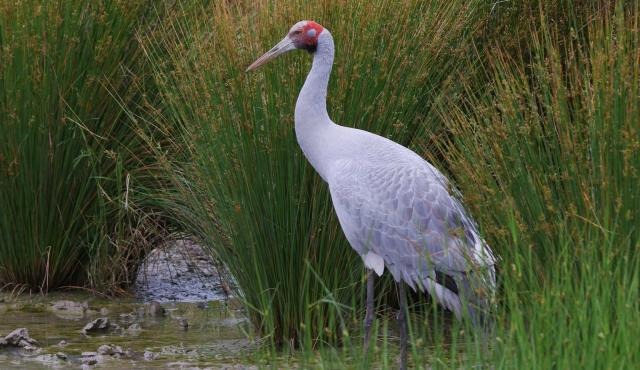
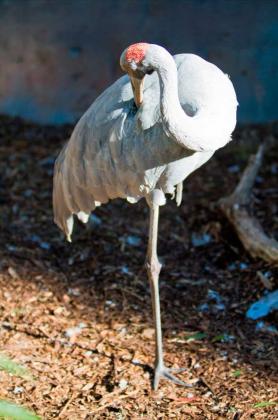
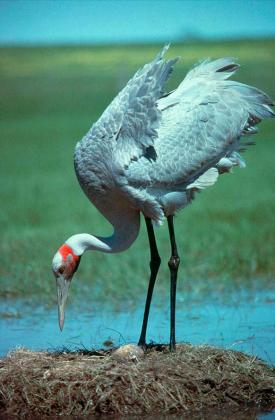
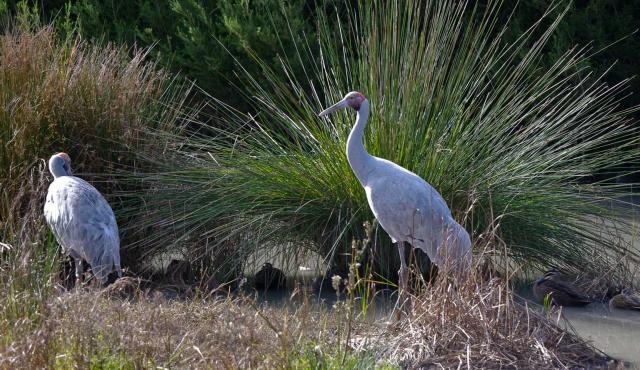
Brolga
Grus rubicunda
Breeding season from August to December in the southern parts of Australia. They lay two (sometimes three) eggs that are white, blotched with brown and purple. Incubation is by both sexes and lasts 30 days. The young fly at 14 weeks.
| Details | Description |
| Type | Bird |
| Group | Crane |
| Other Common Names | Australian Crane |
| Identifying Characteristics | |
| Distinctive Markings | Featherless red head and grey crown. |
| Diet | Omnivore, feeding mainly on tubers and some crops. Also eats insects, molluscs, amphibians and occasionally mice. |
| Habitat | Freshwater swamps, flooded grassland, billabong margins, lagoons, dry grasslands, floodplains, irrigated pasture, estuaries, mangroves. |
| Native Status | Native to Australia |
| Sounds | Breeding call far carrying bugle, contact call, low purring "grruw", in flight - hoarse grating "graough", alarm "ga - r - r -oo". |
| Taxonomy | |
| Phylum | Chordata |
| Class | Aves |
| Order | Gruiformes |
| Family | Gruidae |
| Genus | Grus |
| Species | rubicunda |
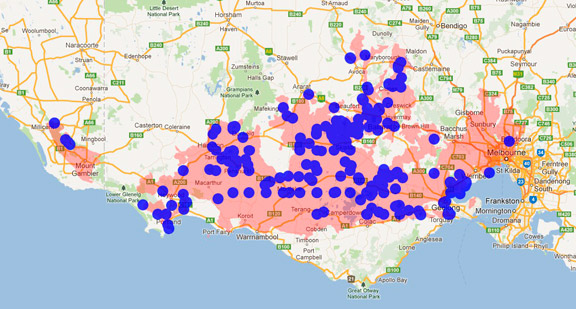
Distribution maps indicate current and historic locations where species have been sighted.
Source: Atlas of Living Australia
| Conservation Status | |
| DEPI Advisory List | Vulnerable |
| FFG Act | Listed as threatened |
| EPBC Act | Not listed |
| FFG Action Statement |
The conservation status of species is listed within Victoria and Australia.
The Department of Environment and Primary Industry (DEPI) Advisory List consists of non-statutory advisory lists of rare or threatened flora and fauna within Victoria.
The Flora and Fauna Guarantee Act 1988 (FFG Act) lists threatened species in Victoria. Under the Act, an Action Statement is produced for each listed species.
The Environment Protection and Biodiversity Conservation Act 1999 (EPBC Act) is the Australian Government’s key piece of environmental legislation, listing nationally threatened native species and ecological communities.



